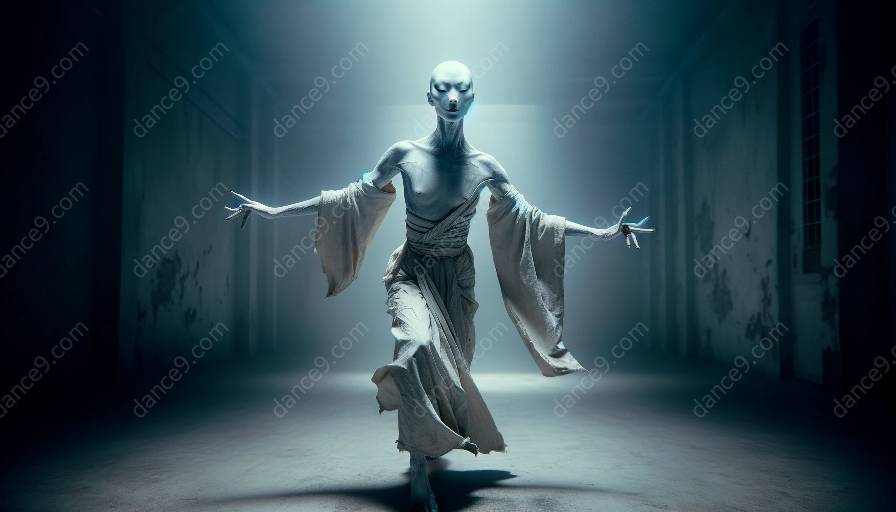Butoh, an avant-garde dance form that originated in postwar Japan, has gained international recognition for its unique blend of traditional Japanese theatre, modern dance, and performance art. When incorporating butoh into dance education, there are various ethical and cultural considerations to keep in mind to ensure a respectful and informed approach.
The Roots and Influences of Butoh
Butoh emerged in the late 1950s and early 1960s as a response to the social and political climate in Japan. It was a radical departure from traditional Japanese dance forms and was heavily influenced by the aftermath of World War II, the existentialism movement, and a desire to break free from conventional artistic norms. Butoh performances are characterized by slow, controlled movements, grotesque imagery, and a focus on the primal and subconscious elements of human experience.
Given its origins in postwar Japan, it is crucial to approach the incorporation of butoh into dance education with an understanding of the historical and cultural context from which it emerged. Respect for the origins and influences of butoh is essential in maintaining ethical and cultural sensitivity.
Respect for Cultural Appropriation
Incorporating butoh into dance education requires careful consideration to avoid cultural appropriation. Educators and students must be mindful of the significance of butoh within its cultural context and strive to engage with the dance form in a manner that honors its historical and cultural roots. This may involve providing historical context, educating students about the cultural significance of butoh, and promoting a deep appreciation for the art form beyond its physical movements.
It is essential to approach the teaching of butoh with humility and a willingness to learn from its cultural origins. This includes acknowledging the potential impact of cultural exchange and being mindful of the power dynamics at play when introducing a traditional art form into a different cultural context or educational setting.
Sensitivity to Themes and Imagery
Butoh often explores dark, primal, and taboo themes, and its performances may incorporate unsettling or confrontational imagery. When incorporating butoh into dance education, it is important to consider the potential emotional and psychological impact on students. Educators should create a safe and supportive environment that allows for open dialogue about the challenging themes present in butoh, ensuring that students feel comfortable and empowered to engage with the art form without feeling traumatized or marginalized.
Furthermore, attention should be given to age-appropriate content and sensitivity to diverse cultural backgrounds and belief systems among students. Open communication and mutual respect are essential in navigating the potentially challenging or controversial aspects of butoh within the educational setting.
Positive Impact on Dance Classes
Despite the ethical and cultural considerations involved in incorporating butoh into dance education, the inclusion of this avant-garde form can enrich students' understanding of diverse dance traditions, foster creativity, and encourage critical thinking about the intersection of art, culture, and history. Butoh's emphasis on unconventional movement, expression, and the integration of diverse artistic influences can inspire students to explore new avenues of creativity and self-expression within the realm of dance.
By approaching butoh with respect, sensitivity, and a commitment to ethical engagement, dance educators can create an inclusive and enriching learning environment that celebrates the diversity and complexity of global dance traditions. Through thoughtful integration of butoh into dance classes, students can gain a deeper understanding of the cultural and historical significance of this avant-garde art form while honing their artistic and creative skills.













































































